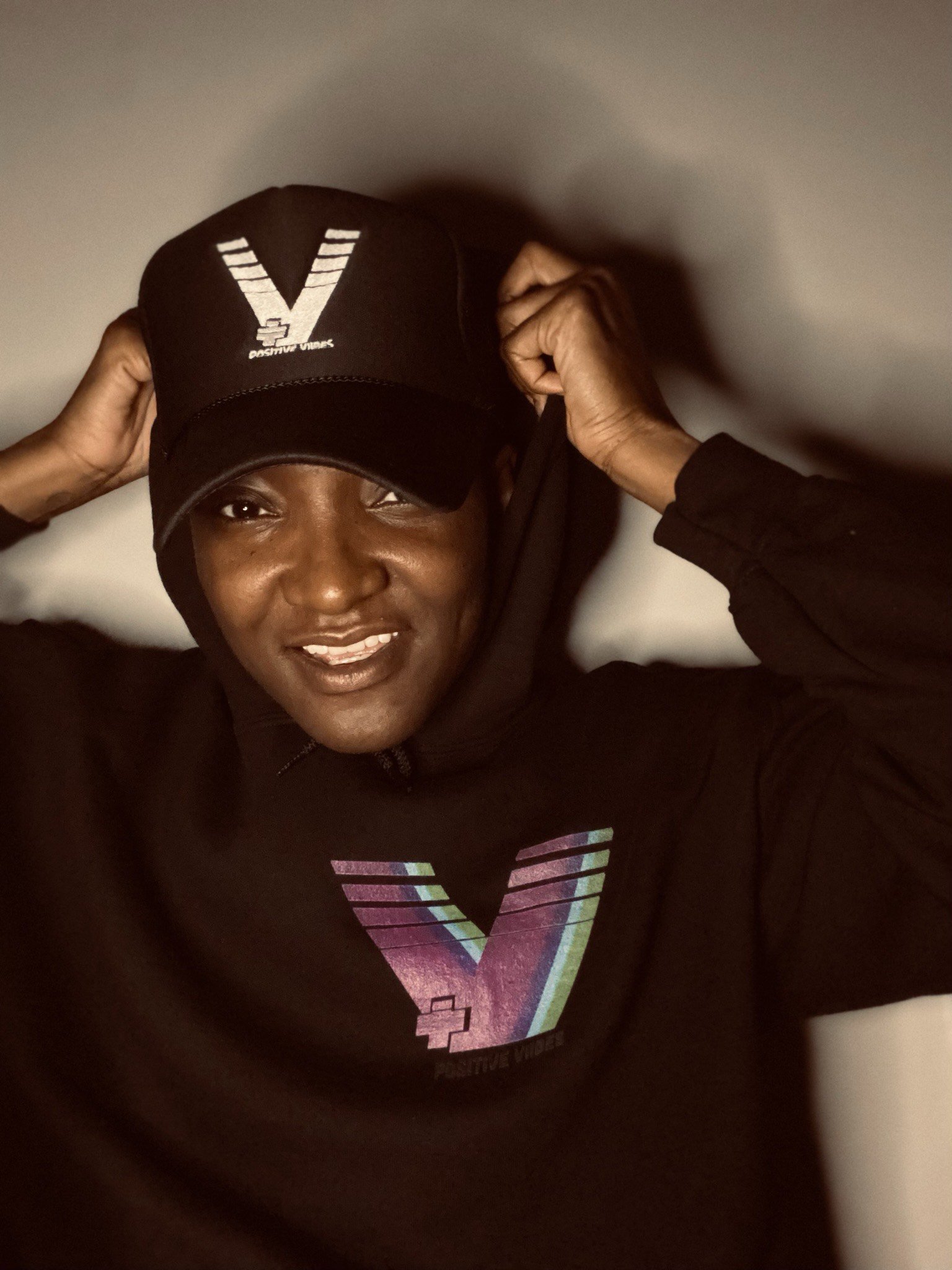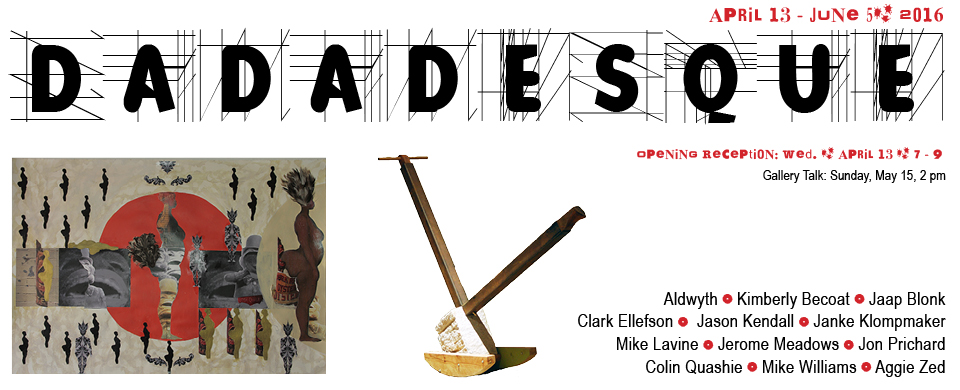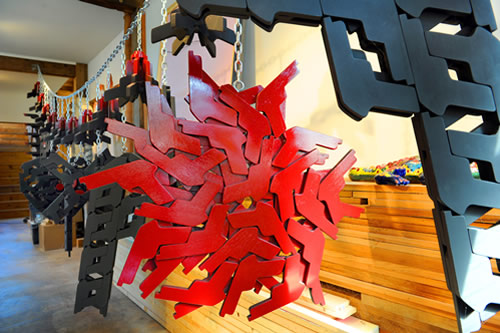In Memoriam – Wim Roefs
This has been a particularly difficult week for the Columbia Arts Community. On Monday May 9th, Wim Roefs, founder and owner of If Art Gallery and one of the founders of 701 Center for Contemporary Art, suffered a crashing heart attack at his gallery on Lincoln Street. On Thursday, the 12th, Wim passed away, leaving his wife Eileen Waddell and hundreds, if not thousands, of international friends and colleagues behind.
The pain of the loss of Wim Roefs from our arts community cannot be overestimated. Wim brought a sense of gravitas to us that many people didn’t know was missing. He reminded us that while art is in no way an endeavor of the elite, it should be taken seriously and respected for the vital role it plays in daily life. Wim made contemporary art accessible to all of us and, thankfully, his legacy will live on as long as art in Columbia does.
When I first realized we would be losing Wim I felt certain that he had done his job well and that the cultural legacy he leaves behind would continue to thrive and inform us.
But I worried a bit about his social legacy. Social media being what it is, there has been no shortage of folks chiming in about how “sweet” Wim was—that he was “nice” and “pleasant.” This disturbs me. I’m not saying Wim couldn’t be sweet or nice, but congratulations to those who had the unique experience of being around Wim when he was in such a mood.
For the most part, Wim did not indulge in the subterfuge of Southern hospitality or the artifice of American social politics. I don’t know if it was because he was Dutch or because he was Wim, but he and his personality defied any number of platitudes about how we are meant to interact with one another. Instead, he behaved with complete and transparent honesty. Wim was my favorite kind of person in that there was no second-guessing when it came to how he felt about you and your work. His honest and straightforward demeanor required a tough skin and a healthy sense of self. If you didn’t have both when you entered into a relationship with Wim, it was imperative that you develop them for your relationship to continue. I appreciated that.
Sweet? Sure, at times. Sincere? Always.
To that end, we turn this editorial over to some of the folks who knew Wim best and will miss him most. I asked them to share, with sincerity, their thoughts and feelings on the loss and legacy of Wim Roefs.
Condolences to all as we mourn the passing of one of our most respected—and beloved—community members.
And thank you, Wim, for everything you taught us.
-Cindi Boiter
Coming out of teaching at Benedict College Wim was well versed in Delta Americana and its accompanying political and social American commentary. I recall first meetings at his home where he and his wife Eileen would host cutting edge artist showings complete with an impressive euro cuisine and assemblage of artists that rarely ventured from their studios, which in turn led to incredible gatherings that ignited discourse on art and culture and cultivated new friendships and ideas.
The founding of if Art marked the debut of a New York standard gallery presence in Columbia. Early on, Wim populated the gallery with a cutting-edge stable of artists, local and international, all with a common thread of Art Spirit; art being who they are, not what they did, this often manifested itself by continuous exhibitions of work challenging patrons and the general public. This if Art gallery model presented a thoroughness which included artist cataloging, lectures, and talks with showings, and meticulous hanging and presentation, this would shortly expand to include poetry readings and exploratory music concerts as well.
Wim was quick to recognize the art spirit in young artists and go to lengths to encourage and supply support and materials to further their unique callings, he was also quick to herald iconic artists such as Laura Spong and showcase their work as assets to the rich fabric of urban culture. He constantly pushed to highlight The Vista and its rightly achieved formal status as Cultural District in Columbia, and knowingly worked consistently toward an ongoing goal of Columbia as a cultural destination for future citizens not fixated on collegian over emphasis.
Wim's youthful background as a former band drummer, and a political reactionary
surreptitiously pasting political bills at night served him well to establish his distinct curatorial criticism concerning art and culture. He united Columbia artist with our German sister city Kaiserslautern to produce an ongoing relationship of international exchange exhibitions and public sculpture. This in turn established the Lady Street Sculptural Corridor as a hallmark of urban design and international influence raising the bar for future architectural and green space concepts.
And, he loved his cats.
-Stephen Chesley
It is difficult to express in words the void that's left by Wim Roefs departure. he set the standard for Contemporary Art in Columbia both through his gallery, and his advocacy work in civic organizations including 701 CCA.
His work throughout the state and southeast region as an independent curator was important in laying the path for new voices. He had exacting standards, he believed in risk taking and championed challenging art and conversations. He made space for emerging talent. His interests were broad. Music, film, theatre, visual art, and dance. His politics were clear. he believed in and practiced inclusion, not as an exercise in political correctness, but as a way of living, a way of being. He brought lots of different kinds of people into shared orbits. He called bullshit when he saw it. He was sincere.
-Michaela Pilar Brown
Wim’s passing is a staggering loss. His passion, intellect, and commitment to the arts in this region are gigantic. We all loved to participate in his presentations of local and international talent. His carefully curated exhibits at If Art, 701CCA, and Art Fields have become a part of our cultural psyche. The wealth of talent here and abroad Wim found and represented is vast and diverse. His boundless energy has raised our cultural consciousness and will continue to elevate the visual arts throughout our community. Wim, Thank you. You are forever in our hearts and minds…
-Clark Ellefson













